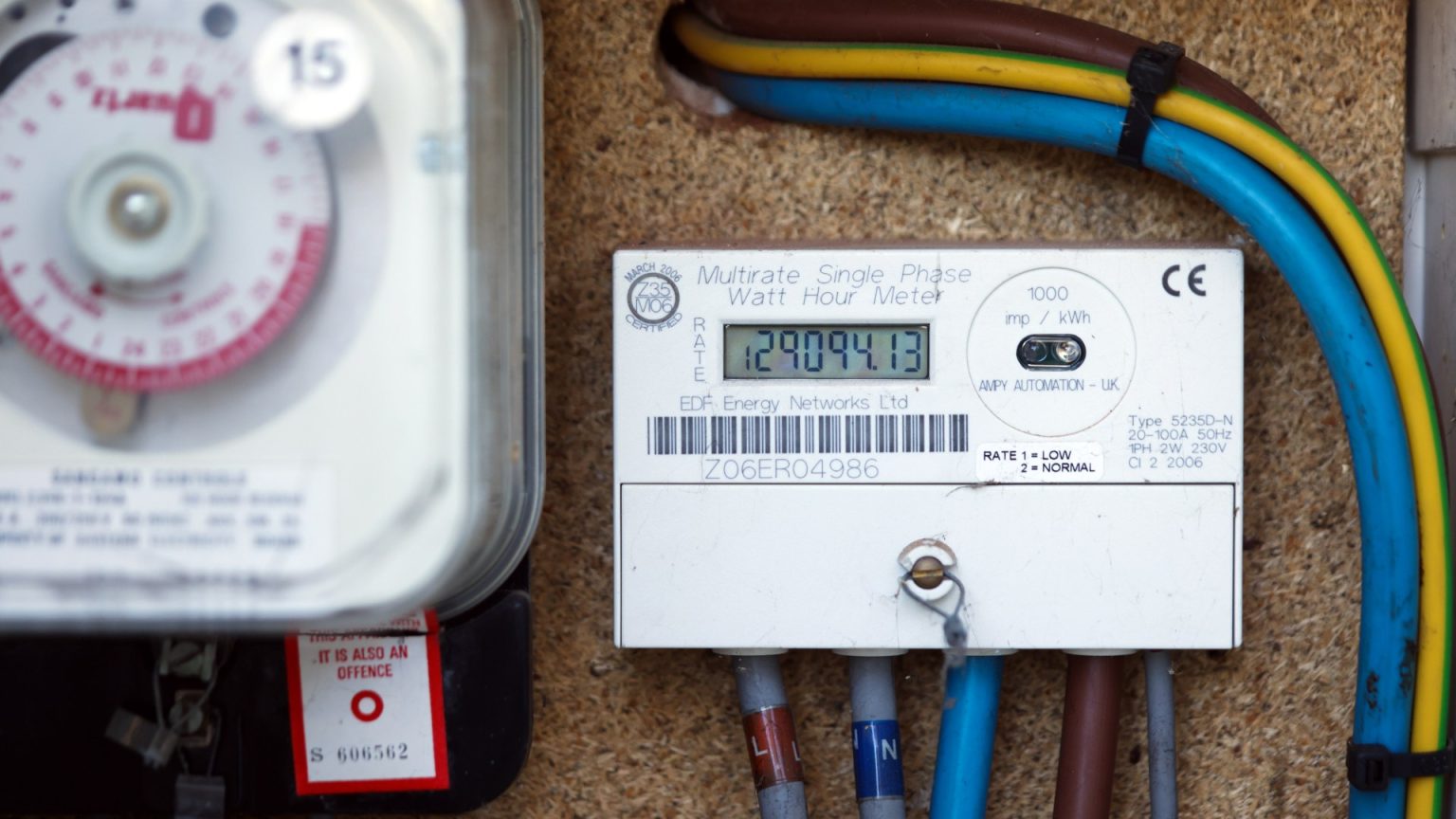The upcoming energy price cap increase, effective next week, will impact millions of households across the country. This 1.2% rise translates to an additional £21 annually for the average dual-fuel household paying by direct debit, bringing the typical yearly energy bill to £1,738, up from the previous £1,717. It’s important to remember that this figure represents an average, and actual costs will vary depending on individual energy consumption. The price cap applies to the approximately 28 million households on standard variable tariffs, which fluctuate quarterly in response to wholesale energy price changes. Households on fixed tariffs are not affected by the price cap, as they pay a pre-agreed rate for the duration of their contract.
To ensure accurate billing and avoid overcharges under the new price cap, households are strongly encouraged to submit meter readings to their energy suppliers before the January 1st implementation date. This allows for all energy consumed prior to the price hike to be billed at the lower rate. Deadlines for submitting readings vary by supplier, with some offering backdating options and extended submission windows. Missing the deadline can result in estimated bills based on projected energy usage, potentially leading to overpayment if energy consumed before the price increase is mistakenly billed at the higher rate. Therefore, submitting a reading as close to January 1st as possible is crucial.
Consumers facing difficulties managing their energy bills have several avenues for assistance. Negotiating a manageable repayment plan with your supplier can prevent escalating debt and the potential installation of a prepayment meter. Many energy companies also offer grant programs to support struggling customers, with eligibility requirements and grant amounts varying based on individual circumstances. Examples include British Gas and Scottish Gas offering grants up to £2,000, and similar programs from EDF, E.ON, Octopus Energy, and Scottish Power. Additionally, the Priority Services Register (PSR) offers extra protections and support to vulnerable households, including advance notice of blackouts and free gas safety checks. Contacting your energy supplier can determine eligibility for these programs and the PSR.
Submitting your meter reading is straightforward, especially with the option to photograph both gas and electricity meters for record-keeping purposes. Most suppliers accept readings online through their customer portals, and some also allow submissions via text or mobile apps. Specific submission methods and deadlines can be found on your supplier’s website. For digital electricity meters, record the five black numbers, excluding the red digit. Economy 7 or 10 tariff users should record both rows of numbers. For traditional dial meters, note the first five dials, ignoring red dials, and record the lower figure if the pointer is between numbers. For gas meters, record the first five numbers for digital metric meters, or the four black numbers for digital imperial meters. Smart meter users need not submit readings, as these are transmitted automatically. However, ensure your smart meter is in “smart mode” and functioning correctly to guarantee accurate billing.
Understanding the specifics of your meter type is crucial for accurate readings. For digital electricity meters, simply record the five black numbers displayed. If you’re on an Economy 7 or 10 tariff, note down both sets of numbers for accurate billing. Traditional dial meters require recording the reading from the first five dials, excluding any red dials. If the pointer falls between two numbers, use the lower number, and if it’s between nine and zero, record nine. Digital metric gas meters require recording the first five numbers, while digital imperial gas meters require the four black numbers, excluding the red ones. Smart meters automatically send readings to your supplier, eliminating the need for manual submission. However, confirming that your smart meter is in “smart mode” and operating correctly ensures accurate and automatic billing.
Beyond individual supplier programs, the Household Support Fund provides crucial financial assistance to low-income households struggling with essential costs like energy, water, food, and other services. Funded by the government and distributed through local councils in England, this fund offers support through various methods, including vouchers or direct cash payments, often amounting to hundreds of pounds per household. Eligibility criteria and support amounts vary depending on the local authority. It’s vital to contact your local council to determine specific eligibility requirements and available support. While the scheme has been extended until April 2025, councils may allocate their funds earlier, so prompt application is advised to avoid missing out on this crucial support.


